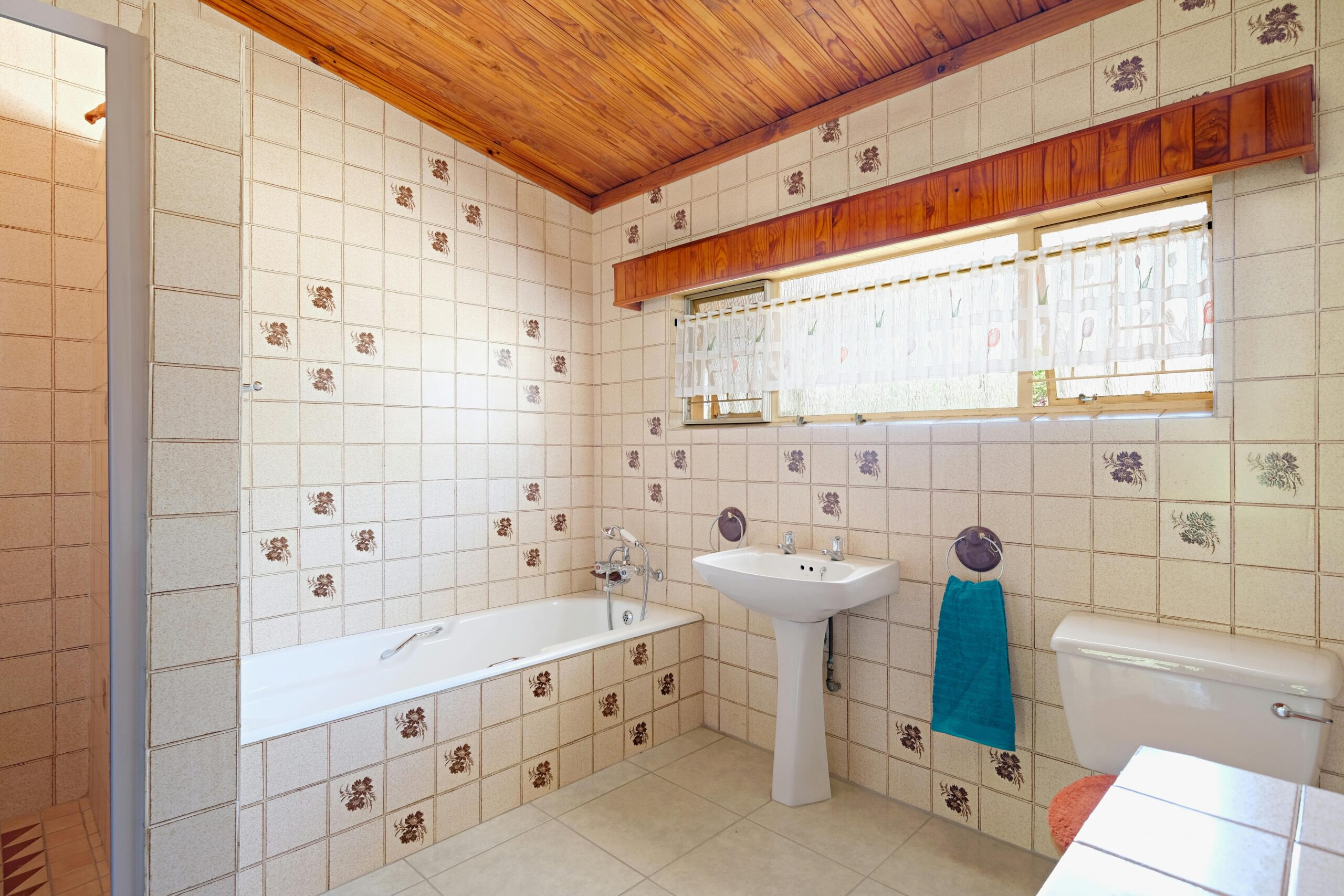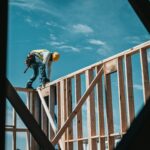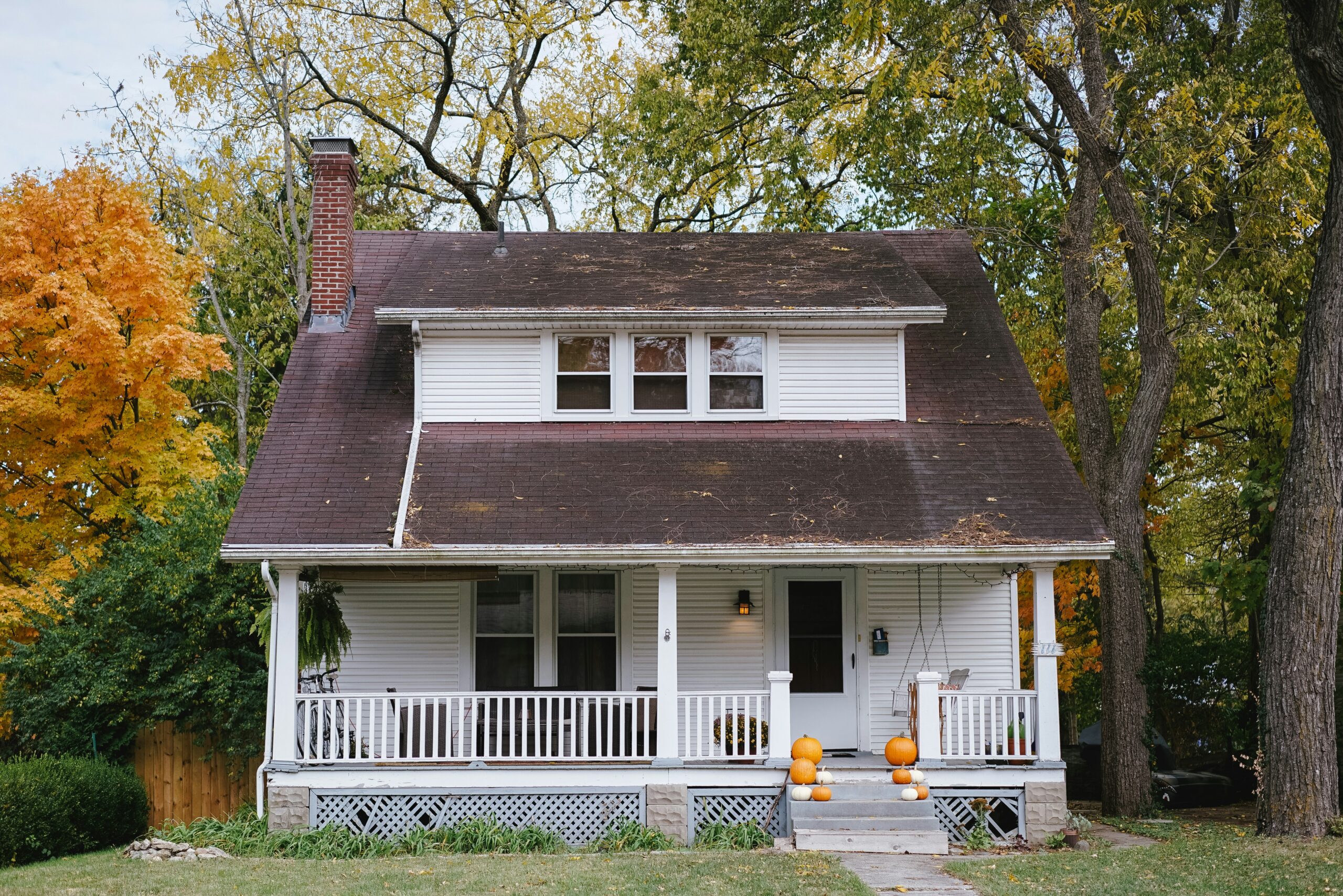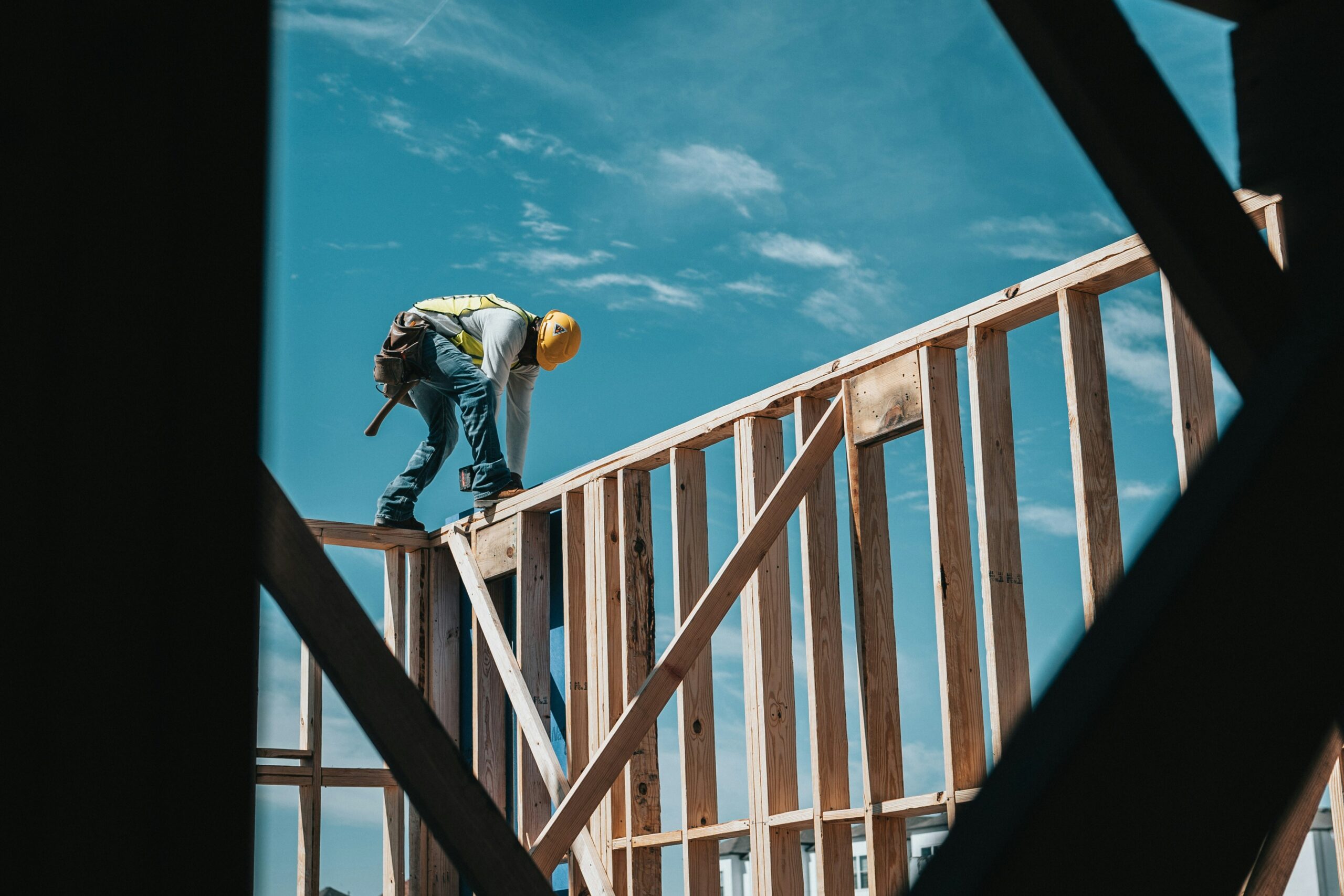The Impact of Neighborhood Development on Property Values
Neighborhood development can significantly influence property values, affecting everything from market demand to the perceived desirability of an area. Understanding how various aspects of neighborhood development impact property values is essential for homeowners, buyers, investors, and real estate professionals. In this blog post, we’ll explore the key factors of neighborhood development and their effects on property values.
1. Infrastructure Improvements
Upgrades to infrastructure, such as new roads, improved public transportation, and enhanced utilities, can have a positive impact on property values. Improved infrastructure makes a neighborhood more accessible and convenient, increasing its attractiveness to potential buyers.
Benefits:
- Reduced commute times
- Better connectivity to other parts of the city
- Enhanced utility services (water, electricity, sewage)
Internal Resource: Learn more about how infrastructure improvements can influence property values on our Top Factors That Influence Property Value page.
2. Commercial Development
The introduction of new commercial establishments, such as shopping centers, restaurants, and entertainment venues, can boost property values by making the area more desirable. These developments provide residents with more amenities and conveniences, which can attract new buyers and increase demand for housing.
Benefits:
- Increased local amenities
- Job creation and economic growth
- Enhanced community attractiveness
External Resource: For insights into how commercial development affects real estate, visit Forbes Real Estate.
3. Public Services and Amenities
The quality and availability of public services, including schools, parks, and recreational facilities, play a crucial role in determining property values. High-performing schools and well-maintained parks are particularly attractive to families, leading to higher property values in those areas.
Benefits:
- Improved quality of life
- Increased family-friendliness
- Higher demand for housing
Internal Resource: Check out our Understanding the Different Types of Property Appraisals page for more insights into factors that affect property valuations.
4. Safety and Crime Rates
A neighborhood’s safety and crime rates are critical factors in determining property values. Lower crime rates and increased safety measures, such as better street lighting and community policing, make a neighborhood more appealing to potential buyers.
Benefits:
- Increased sense of security
- Higher demand for safe neighborhoods
- Better community reputation
5. Environmental Quality
The environmental quality of a neighborhood, including clean air, green spaces, and low noise levels, can positively impact property values. Sustainable development practices and the preservation of natural areas contribute to a higher quality of life and increased property desirability.
Benefits:
- Healthier living environment
- Enhanced aesthetic appeal
- Increased demand for eco-friendly neighborhoods
External Resource: For more information on the impact of environmental quality on property values, visit the Environmental Protection Agency (EPA).
6. Community Development Programs
Community development programs that focus on improving the overall quality of life in a neighborhood can also boost property values. These programs may include initiatives for beautification, community engagement, and social services.
Benefits:
- Stronger community bonds
- Improved neighborhood appearance
- Increased civic pride
7. Economic Development
Economic development initiatives that bring new businesses and industries to a neighborhood can lead to job creation and increased property values. A thriving local economy makes a neighborhood more attractive to potential buyers and investors.
Benefits:
- Job opportunities for residents
- Economic stability
- Higher demand for residential properties
Internal Resource: Discover how economic factors influence property values on our How Market Trends Affect Property Appraisals page.
8. Renovation and Revitalization Projects
Neighborhoods undergoing renovation and revitalization projects often see a significant increase in property values. These projects may involve restoring historic buildings, improving public spaces, and encouraging private investment.
Benefits:
- Enhanced neighborhood aesthetics
- Preservation of cultural heritage
- Increased property values and marketability
Conclusion
Neighborhood development plays a pivotal role in shaping property values. From infrastructure improvements and commercial development to public services and environmental quality, various factors contribute to the desirability and value of a neighborhood. For homeowners, buyers, and investors, understanding these factors can help make informed real estate decisions. For professional appraisal services and expert guidance on how neighborhood development impacts property values, contact Bellanor Appraisal today.
Contact Us: For more information or to schedule an appraisal, visit our Contact Us page.









